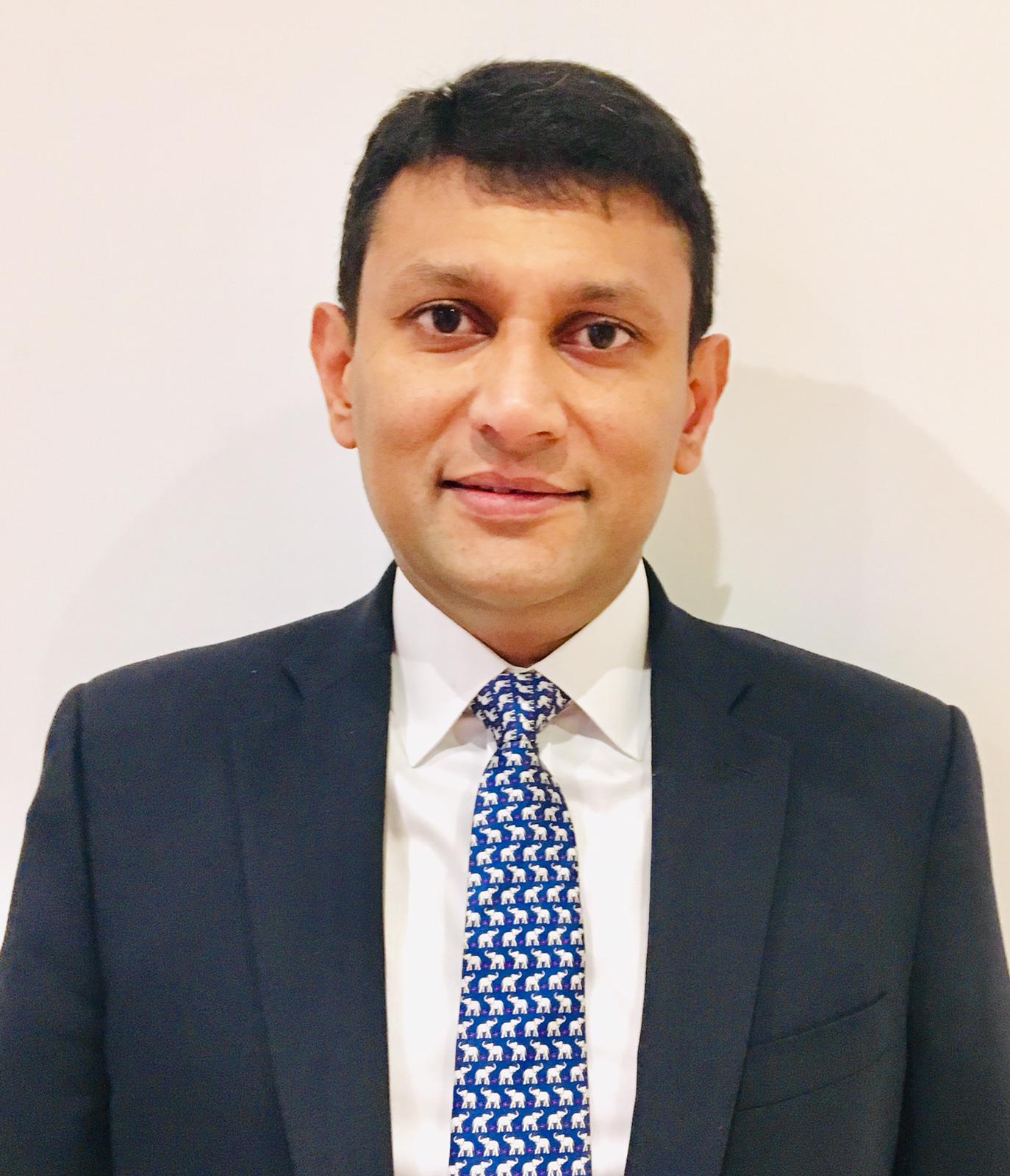In Hindu mythology, Bakasura is a rakshasa, or demon, known for his immense strength and insatiable hunger. He terrorised the town of Ekachakra, demanding massive food offerings and even devouring humans. Eventually, Bhima, one of the Pandava brothers, defeated Bakasura in a fierce battle, liberating the town from his relentless appetite.
Interestingly, many people today draw parallels between Bakasura and Artificial Intelligence (AI). They view AI as a modern-day ‘demon’, with an insatiable hunger for jobs, threatening livelihoods across industries. The narrative often paints AI as a job-eater, consuming roles that humans once held with pride and purpose.
However, this perspective might be too narrow. AI, with its immense development and innovation, especially in robotics and genetic engineering, holds the potential to dramatically improve the quality of human life. Instead of perceiving AI as a threat, what if we considered it an opportunity—a transformative force that could reshape our world for the better?
Imagine a future where only a few highly skilled, gifted, and talented individuals need to work, while the rest of the population thrives, supported by government benefit systems. This isn’t just a utopian dream. History shows us that technological advancements have consistently reduced the burden of labour. Our ancestors toiled seven days a week, often around the clock, to survive. Fast forward to today, many parts of the world have adopted five-day workweeks, and some even experiment with four-day work schedules.
Technology has already provided us with the capability to produce enough food for the global population—and even generate surplus—though distribution remains a challenge. This progress will continue, reducing the need for intensive labour. As AI, robotics, and self-healing technologies evolve, we can anticipate a world where human beings dedicate more time to intellectual pursuits, creativity, and innovation, while machines handle the heavy lifting.
Consider the possibilities: AI could revolutionise healthcare with predictive diagnostics, personalised medicine, and robotic surgeries. In agriculture, AI-driven systems can optimise crop yields, reduce waste, and ensure food security. Self-healing AI technology, combined with other innovations, could create resilient infrastructure, smart cities, and sustainable environments.
Rather than fearing AI as a modern Bakasura, we should embrace it as a powerful ally. The key lies in how we manage this transformation. Governments, educational institutions, and industries must collaborate to upskill the workforce, ensuring that people are prepared for new roles that AI cannot easily replicate—those requiring emotional intelligence, critical thinking, and complex problem-solving.
The future isn’t about competing with AI; it’s about coexisting with it. By shifting our perspective, we can see AI not as a job-eater but as a liberator, freeing humanity from mundane tasks and enabling us to focus on what truly matters: creativity, connection, and continuous growth.
In the end, AI is only as powerful as the purpose we assign to it. Let’s choose to see it as a force for good, shaping a world where technology enhances human potential rather than diminishing it.

 English | EN
English | EN 